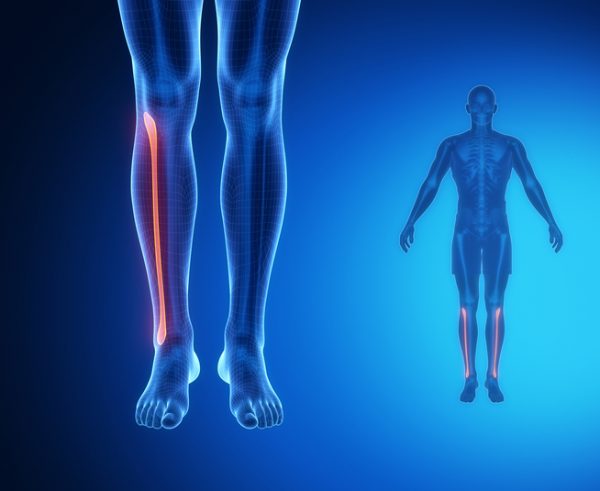
Chronic musculoskeletal (MSK) pain is a global problem, affecting approximately 1.7 billion people worldwide, according to the World Health Organization (WHO). Lower back pain, an MSK condition, is the leading cause of disability in 160 countries. This pervasive issue significantly impacts workplace productivity and mental health, extending beyond individual health to affect business outcomes and personal incomes.
In Canada, 20% of adults suffer from significant chronic pain, with a considerable impact on their day-to-day activities. Similarly, in the UK, 8.9 million workdays were lost due to MSK conditions from 2019-2020.
The connection between chronic pain and mental health is well-documented. Research shows that almost half of people with chronic pain screened positive for severe depression, compared to 36% of those without chronic pain. As the prevalence of MSK conditions escalates globally, the need for effective, accessible, and equitable care solutions becomes more urgent.
Digital care emerges as a promising solution to meet these challenges head-on.
The global state of MSK
MSK pain does not discriminate, impacting people across various demographics and geographies. However, clear socioeconomic, race, and gender disparities exist among those who suffer, leading to healthcare inequity. Regions with more money, more education, and higher fertility rates tend to see fewer MSK disorders, as they may have more resources to offer better healthcare and health education.
The number of people living with MSK conditions is increasing due to population growth and aging. The onset of MSK disorders is shifting to older adults, who are often challenged by mobility or geographic limitations, making it harder to receive treatment.
Despite the significance of MSK issues, current treatment options are insufficient. In-person physical therapy or medications are most commonly used, but these options are not good enough. People in remote locations, without healthcare, or who are debilitated are disadvantaged as it’s harder to find, receive, and travel to doctors’ offices. The resulting delay in access to care can worsen outcomes.
Those fortunate enough to work at companies that offer healthcare benefits may find it easier to access care, but it’s not equitable. Benefits differ globally, and it’s difficult for employers to administer multiple solutions across different countries that fit each country’s unique policies. This is where digital care comes in.
Digital care as a solution
Digital MSK care offers a more accessible, personalized, and equitable approach to managing chronic pain. It’s been shown to have comparable effectiveness to in-person PT for many conditions including chronic knee pain, non-specific low back pain and following total knee replacement. By leveraging advanced technology and AI, digital care platforms can provide precise monitoring and assessment of a patient’s condition, offering personalized guidance and adjustments.
This is particularly beneficial in regions with long wait times for physical therapy, such as Canada and the UK, where patients can wait from a month to up to eight months to see a physical therapist. Digital therapy can significantly reduce these wait times, allowing patients to access care when and where it suits them best.
Moreover, digital care is inherently flexible. It can be integrated into daily routines without the need for travel or significant time away from work, a substantial benefit for individuals in remote areas or those with mobility limitations. For example, older adults, who are more likely to experience mobility or geographic limitations, can receive effective treatment directly from their homes.
Healthcare accessibility issues are a problem everywhere. A typical physical therapy treatment plan lasts several weeks, with sessions typically lasting up to an hour. That’s a significant investment of time. Nearly three-quarters (73%) of all patients, rural and urban, miss at least one physical therapy appointment due to transportation challenges. This inconvenience disproportionately affects hourly shift workers who must take unpaid time off work to drive to appointments.
Not only is digital care effective and flexible, but it’s also cost-effective. One study found that the mean medical care savings per person per year from virtual physical therapy was between $1,116-$1,523 due to the early initiation and lower cost of PT. This also resulted in an average reduction of 6.6 hours in pain-related missed work per person per year.
The future of MSK care
Digital care solutions used in tandem with in-person therapy, or as the primary therapy option, give more people the ability to access care and keep them engaged throughout. MSK pain is not just an issue isolated to the U.S. It’s a global issue. Companies and healthcare providers must have a global perspective when addressing it. Digital solutions can help ensure a healthy global workforce, no matter where they are.
While digital care is not a panacea for all aspects of MSK pain, it is an essential component of a modern, integrated approach to healthcare. It offers a better quality of life for millions suffering from chronic pain worldwide. As we move forward, healthcare providers and policymakers must embrace and integrate digital health solutions to address the growing burden of MSK disorders effectively.
Photo: janulla, Getty Images
Dr. Jeff Krauss is Hinge Health’s Chief Medical Officer. He is a Clinical Assistant Professor at Stanford University in the Department of Orthopedics, and he continues to practice as a part-time Staff Physician at the VA Palo Alto Health Care System. He graduated from Harvard College, earned his Medical degree from UC San Francisco School of Medicine, and completed his residency in Physical Medicine & Rehabilitation (PM&R) at Stanford University. He is board certified in PM&R and in Lifestyle Medicine.
This post appears through the MedCity Influencers program. Anyone can publish their perspective on business and innovation in healthcare on MedCity News through MedCity Influencers. Click here to find out how.











